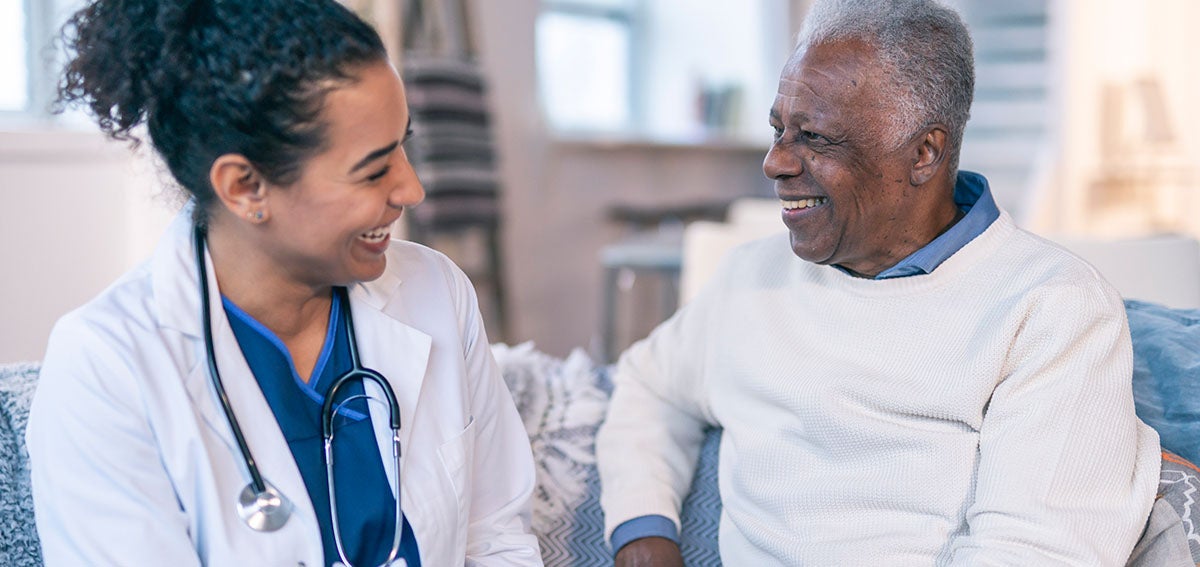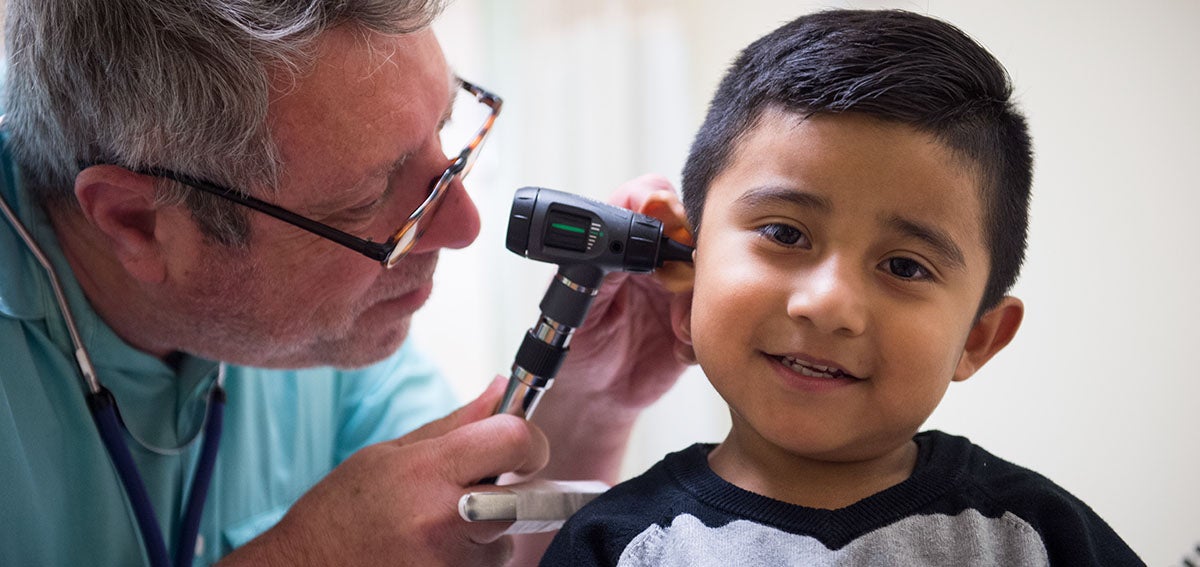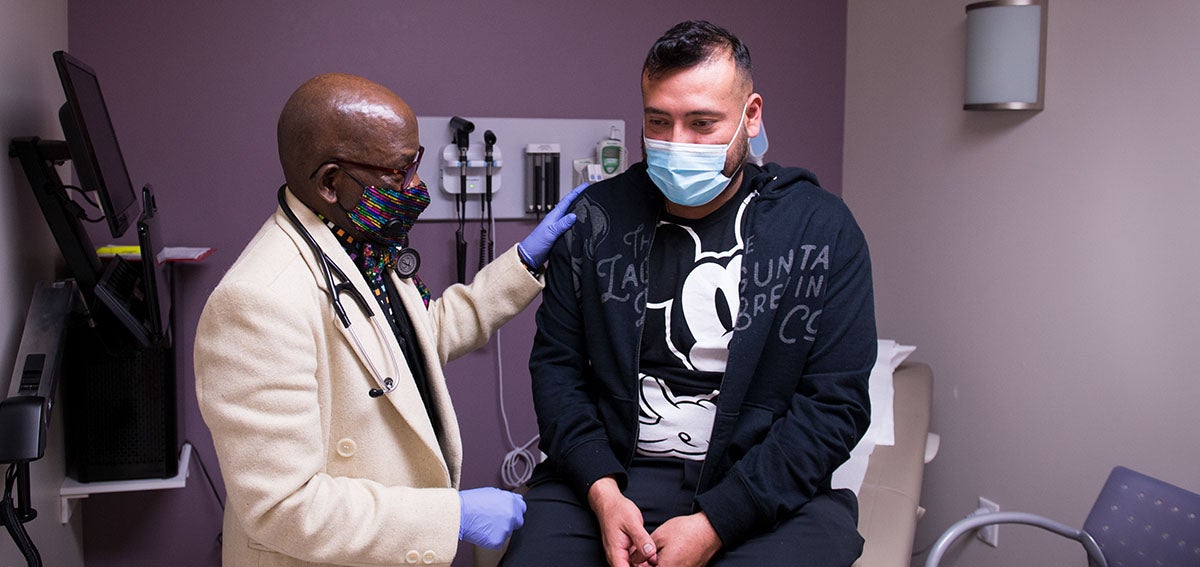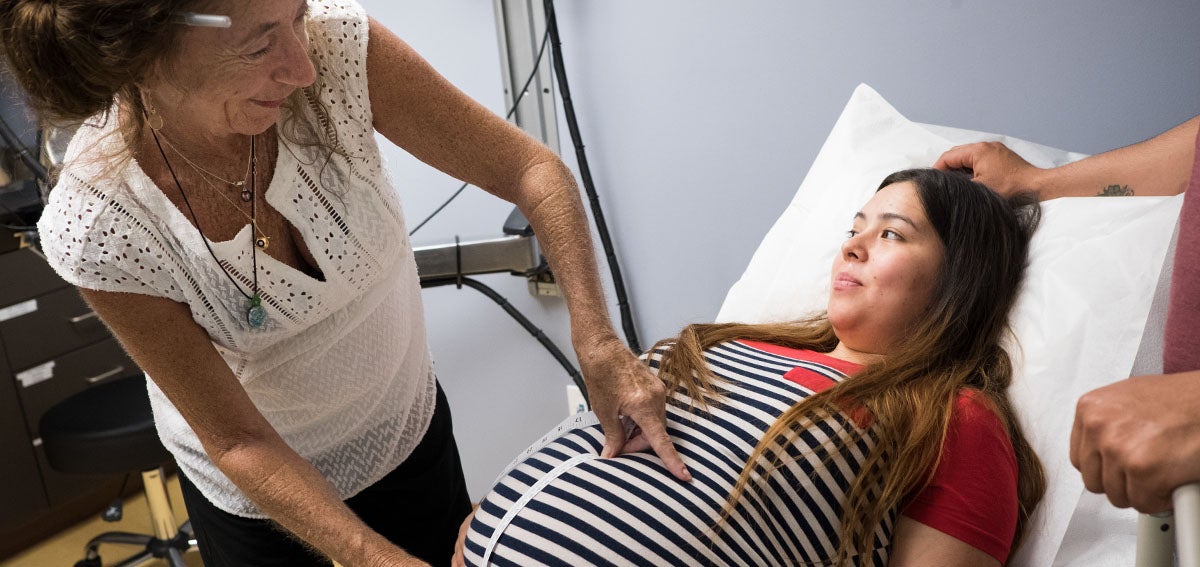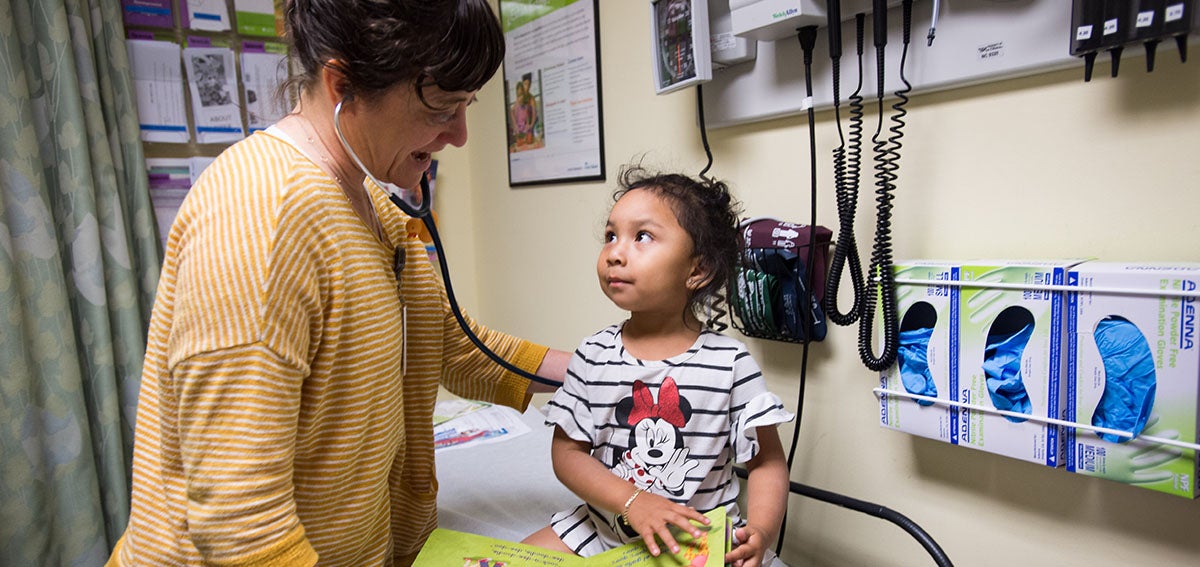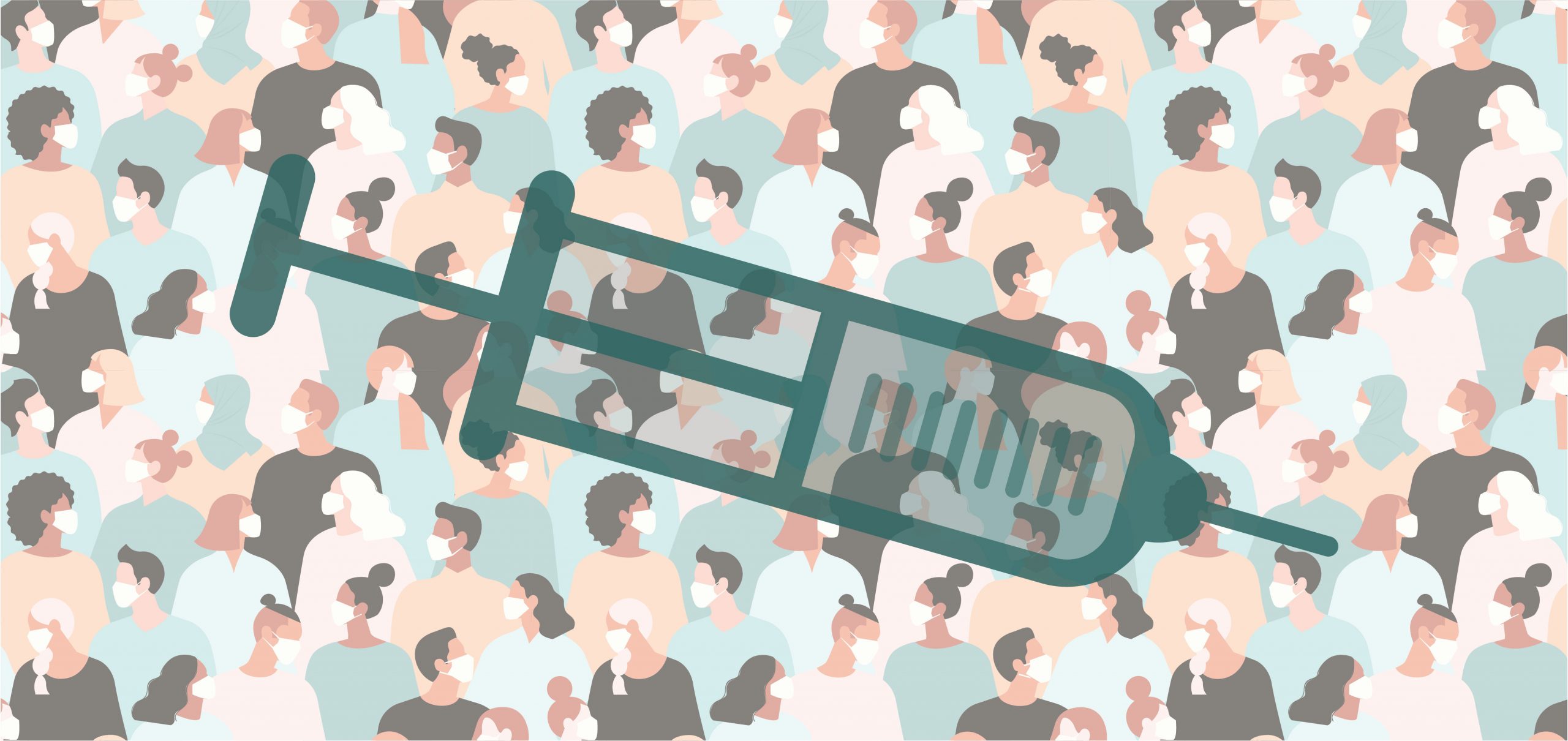
As the world awaits a vaccine seven months into the COVID-19 pandemic, California has released a plan designed to assuage concerns about whether a vaccine developed at breakneck speed is safe and effective. At an October 19 press conference, Governor Gavin Newsom announced the state’s plan to ensure the shot meets safety requirements, is distributed and administered equitably, and that the process is transparent.
“This vaccine plan will move at the speed of trust,” Newsom said during his press conference. “You have to have confidence in the efficacy of the vaccine, confidence that we’re not rushing to judgment in terms of its distribution and its accessibility.”

Without public confidence, no vaccine can succeed. A new poll released by the Public Policy Institute of California found that 68% of Californians are more concerned about vaccine development moving too fast, without fully ensuring safety and effectiveness, than about it moving too slowly. A new survey from Stat and The Harris Poll revealed that the share of Americans who say they are likely to get a COVID-19 vaccine as soon as it becomes available is dropping. In early October, 58% of the US public said they would get vaccinated as soon as a vaccine was available, down from 69% in mid-August. The decline is greater among Black respondents than White ones. In the new poll, 43% of Black respondents said they would get the vaccine as soon as it was available, a steep decline from 65% in mid-August.
“There’s a historical level of distrust” of the health care system among Black Americans, Rob Jekielek, managing director of The Harris Poll, told Ed Silverman in Stat. “Black [people] are disproportionately less likely to be within 60 minutes of a primary care physician, which also means they’re less likely to get useful information and instead use a hospital emergency room as a primary mechanism for care. They’re also less likely to have insurance.”
Bringing a COVID-19 vaccine to market is only half the challenge. The other half is maximizing public acceptance to achieve herd immunity, researchers from Stanford University, Indiana University, and Yale University wrote in the New England Journal of Medicine.
Taking Steps for Safety
Here’s how California plans to achieve that.
To ensure the COVID-19 vaccine meets safety requirements, Newsom announced the formation of an 11-member Scientific Safety Review Workgroup comprised of nationally recognized experts in key disciplines such as epidemiology, health equity, and infectious disease. The group is chaired by Arthur L. Reingold, MD, division head of epidemiology and biostatics at the UC Berkeley School of Public Health.
According to a draft vaccination plan (PDF) that the California Department of Public Health (CDPH) submitted to the US Centers for Disease Control and Prevention, the workgroup will closely monitor the ongoing vaccine trials and help “ensure public confidence in vaccine safety, efficacy, and implementation efforts.” California joins at least three other states and Washington, DC, in creating its own independent workgroup to review vaccine data as it becomes available, Zachary Brennan reported for Politico.
Newsom said the general public should not expect to be vaccinated during 2020. “Most infectious disease experts and public health officials believe the first vaccines are likely to be authorized in November or December and may become available in limited numbers to the highest-priority groups in early 2021,” Alexei Koseff and Catherine Ho reported in the San Francisco Chronicle. If this timeline is accurate, the vaccine will not be widely available for most Americans until mid-2021.
A Phased Approach
The CDPH plan lays out three phases of distribution that put equity at the forefront. In phase one, the state will give priority to health care workers who treat COVID-19 patients or are likely to be exposed to the virus. The vaccine will also be distributed to other essential workers and to people at higher risk of severe COVID-19 illness or death, including people age 65 and older, residents of long-term care facilities, people who are incarcerated, and people experiencing homelessness.
In phase two, larger numbers of people will be vaccinated in primary care and outpatient sites, community health centers, school-based clinics, pharmacies, and other sites in the provider network. The state will prioritize workers in jobs that pose inherent challenges to controlling coronavirus exposure and will consider demographic and social factors like racism, access to health care, and crowded housing conditions in its distribution of the vaccine.
In the final phase, when the vaccine supply is sufficient to reach the state’s entire population, CDPH will shift the distribution plan to a routine vaccination strategy like that of the flu vaccine. Broad marketing of the vaccine’s benefits will be a key tactic, with the goal of inoculating all 40 million Californians.
Dispensing Accurate Information
To combat the coronavirus misinformation that is rife online and improve social acceptance of the future COVID-19 vaccine, the state has set forth a communications plan that underscores transparency before, during, and after the vaccine is available.
State officials are “focused on ensuring everyone living in California receives timely, accurate, and actionable information about COVID-19 vaccination,” the draft plan said. “The communications plan also aligns with the state’s health equity metric.”
CDPH is already engaged in efforts to reach organizations representing the Black, Latinx, and Native American communities, all of which have been disproportionately harmed by the pandemic. It is also prioritizing outreach to groups representing people with disabilities and older Californians.
Public messaging will be tailored for each audience and tested to meet their cultural and linguistic needs. CDPH is partnering with trusted messengers, including faith-based organizations, community and rural health centers, and local public health departments, to disseminate key messages and educational materials.
What are your patients, clients, friends, and family members saying about their willingness to take the prospective COVID-19 vaccine? Email me.
Authors & Contributors


